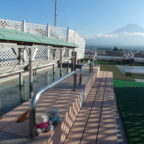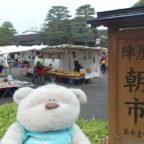After our relaxing and refreshing stay at Konansou Fuji Kawaguchiko Onsen Hotel, we reluctantly left Konansou (湖南庄) to visit Lake Saiko Wind Cave!
Book with Agoda Here: Popular Hotels in Tokyo
Book with Klook Here: Popular Activities in Tokyo
Sightseeing Bus from Kawaguchiko to Lake Saiko Wind Cave
Since we had our 2 day pass (1300 yen each), we took the green line from Kawaguchiko Station to Lake Saiko Wind Cave which took about 45 minutes. Enroute, we passed Lake Saiko, guest houses (民宿), bat cave and wild bird’s forest before arriving at Fugaku Wind Cave at 11am…
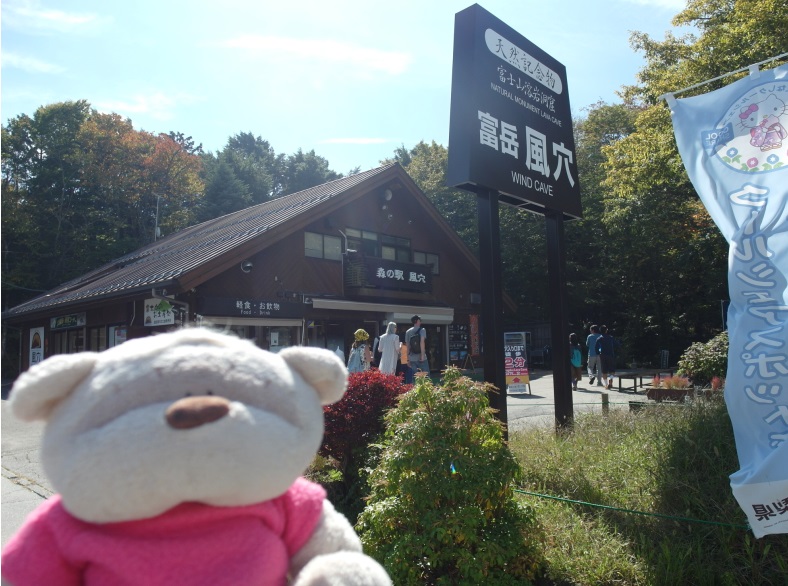
The entrance fee to Fugaku wind cave costs 350 yen. But if you have the sightseeing bus pass or bus ticket, the entrance fee reduces to 300 yen.
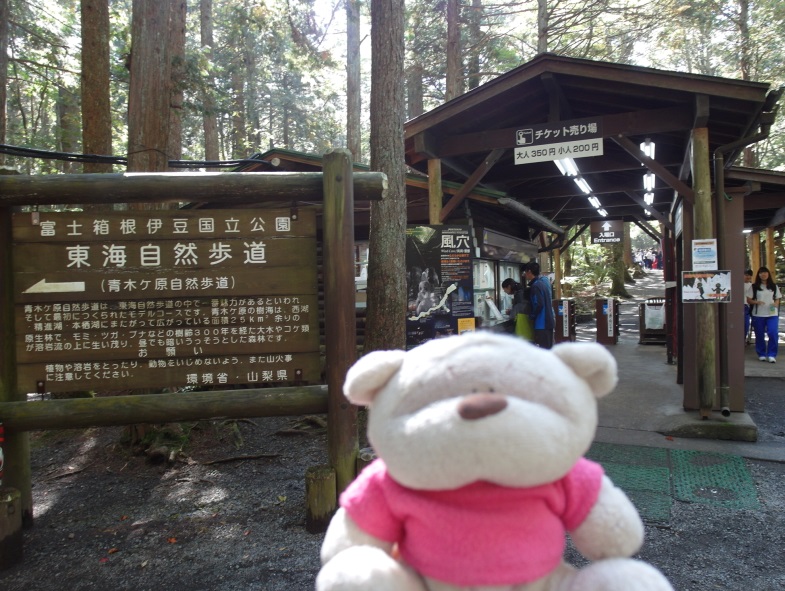
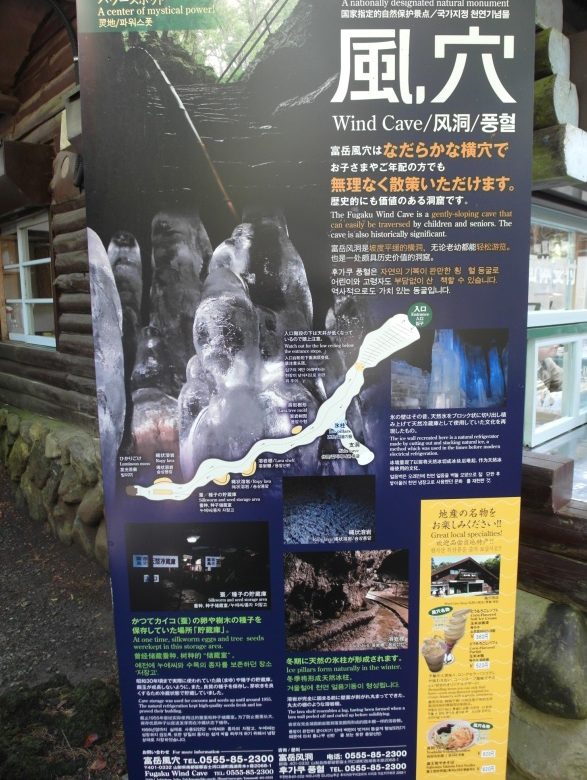
One of the reasons we visited the Fugaku wind cave is because of the ice formations within…
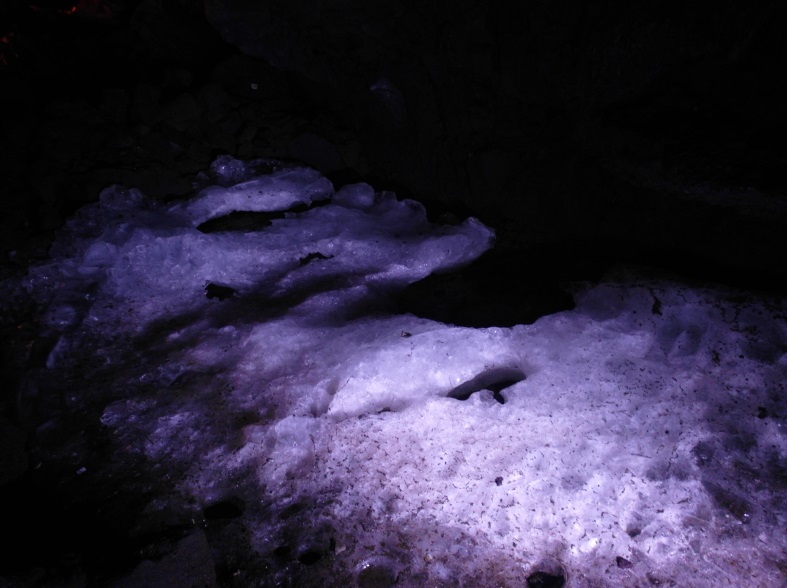
It was relatively chilly inside and we had to wear helmets inside the cave. Due to the low temperatures, ice pools and pillars may form. In the past, people used the caves as natural refrigerator to store food and plant seeds…
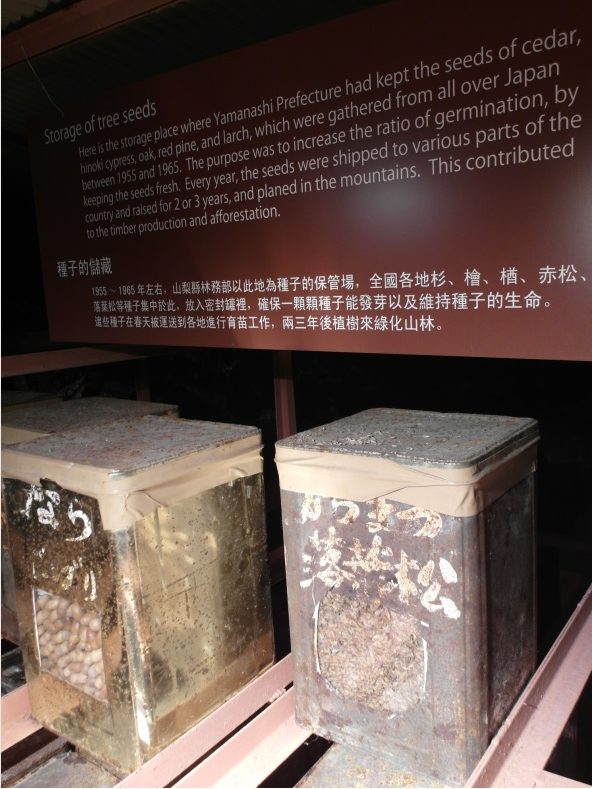
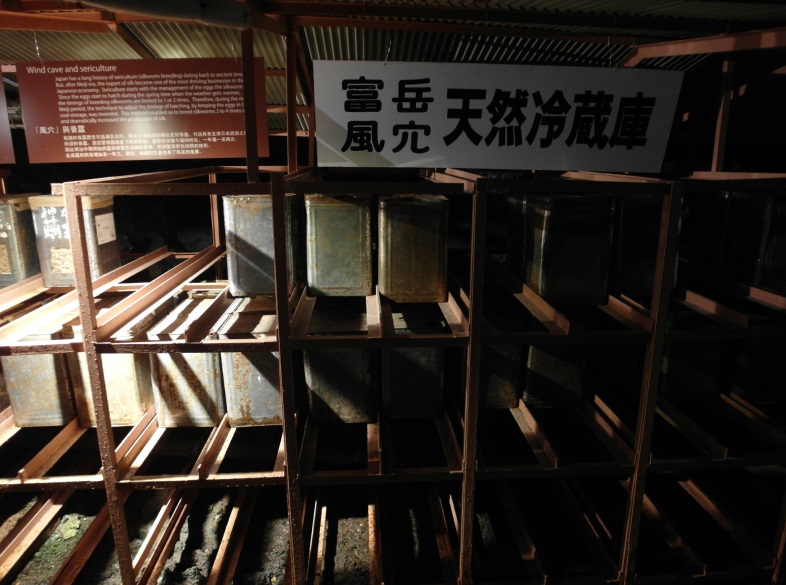
The paths inside the wind cave can be undulating and slippery. Do walk with caution when you are in the caves…
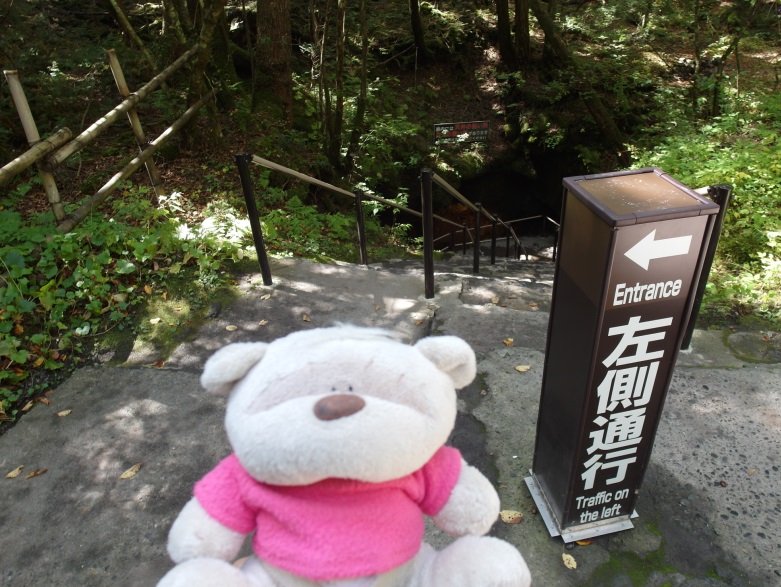
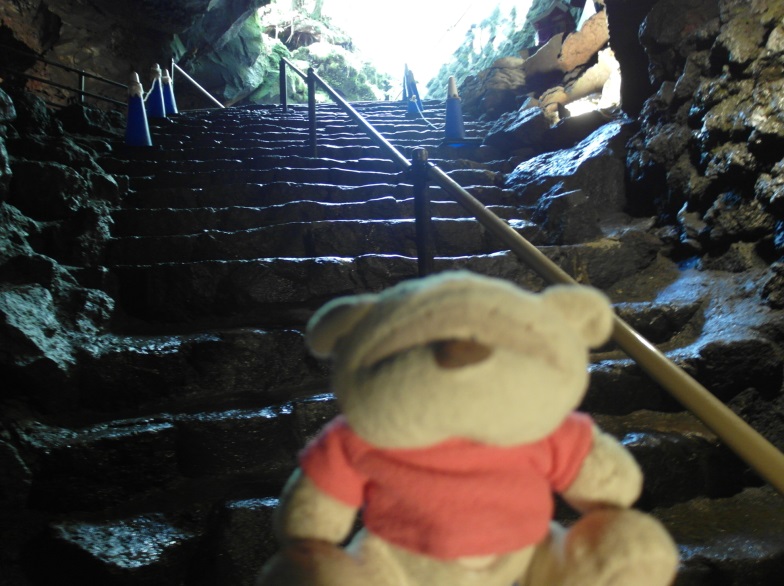
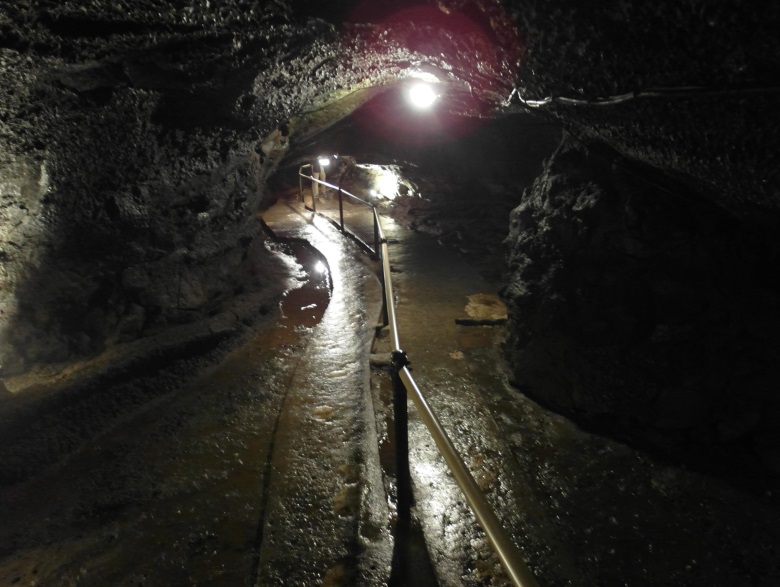
Ide Brewery Kawaguchiko Mount Fuji
After another 45 minutes back from Fugaku wind caves to Kawaguchiko Station, we took a short walk to Ide Sake Brewery!
Although we were unable to join the tour for the day (at 3pm that day), we were given a short hosted sake tasting experience. At the same time, we were introduced to the world of sake at Ide Sake Brewery…
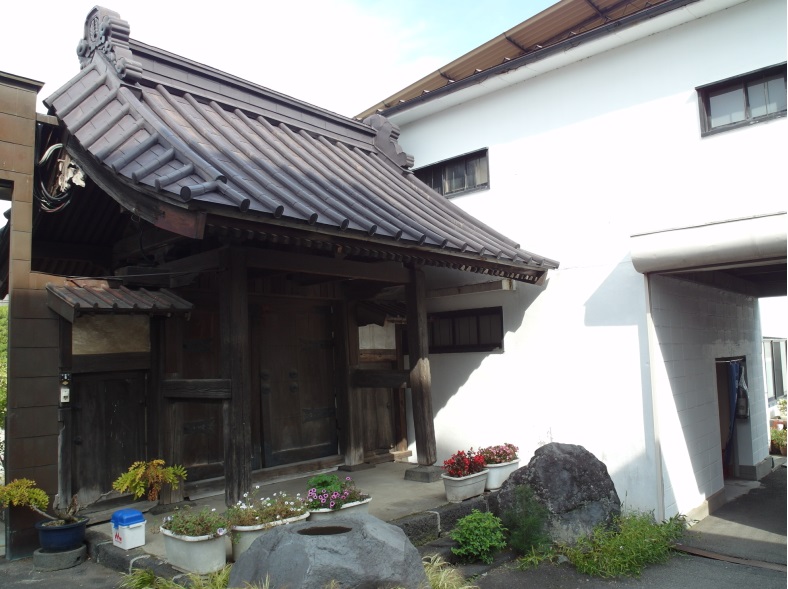
The reason why Ide Sake Brewery is a brewery instead of a winery is because the process of making sake is more similar to beer than that of wine. To brew sake, starch in grains are first converted to sugars before being fermented into alcohol. In that respect, sake brewing is similar to beer brewing.
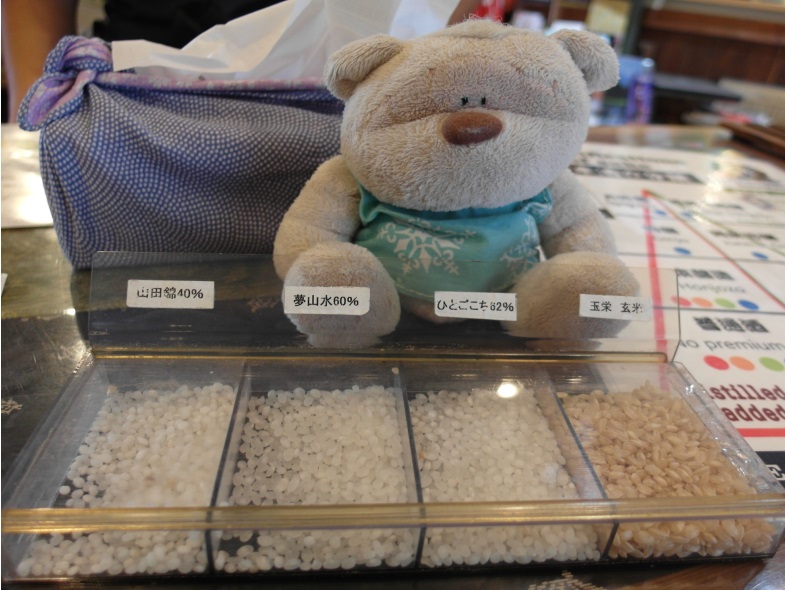
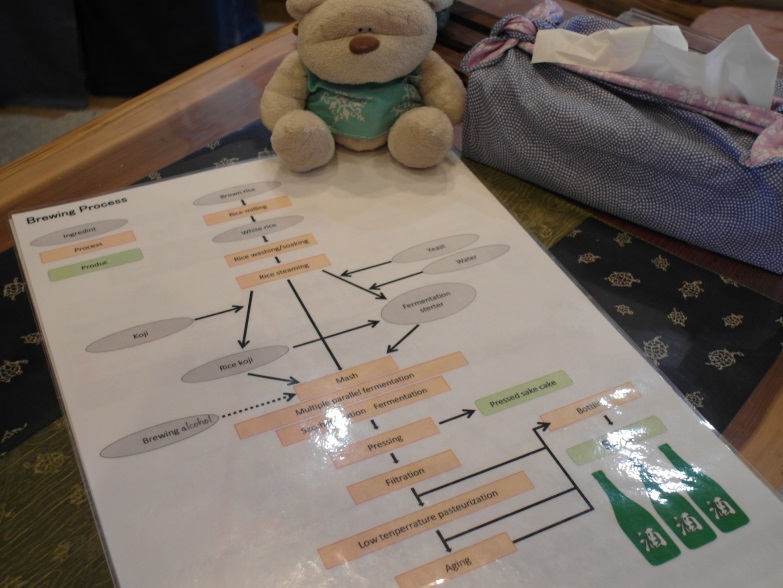
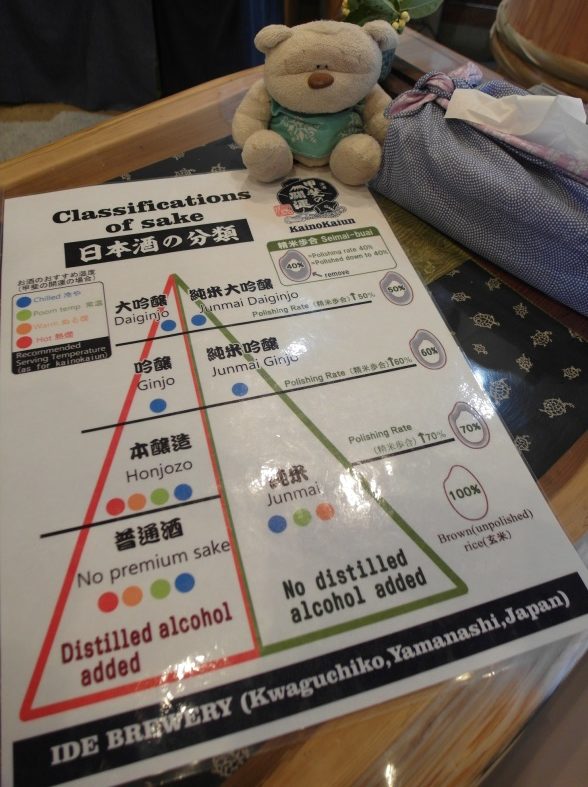
Thanks to our host at Ide Sake Brewery, we were introduced to the process of sake brewing. We also learnt that sake is made from polished grains with the least percentage remaining (40%) being the most expensive. In general, there are 2 main types of sake – with distilled alcohol added and without. The highest class of which are Daiginjo (大吟醸) or Junmai Daiginjo (純米大吟醸), the latter being sake made purely from rice. The next class of Ginjo (吟醸) and Junmai Ginjo (純米吟醸) are also great as well.
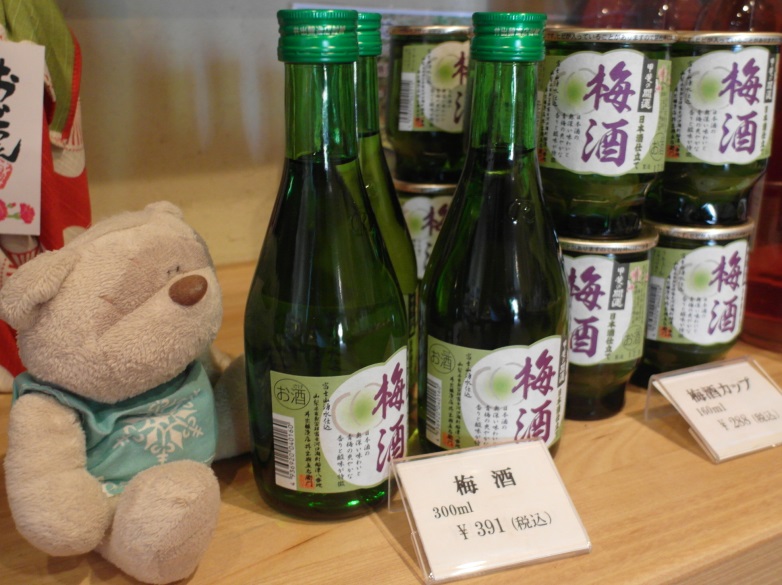
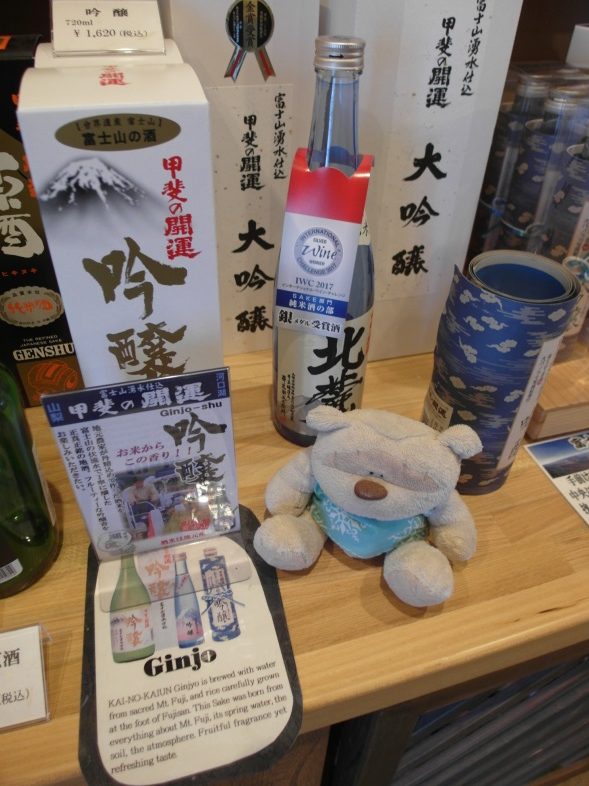
While browsing around at Ide Sake Brewery, we saw this photo!
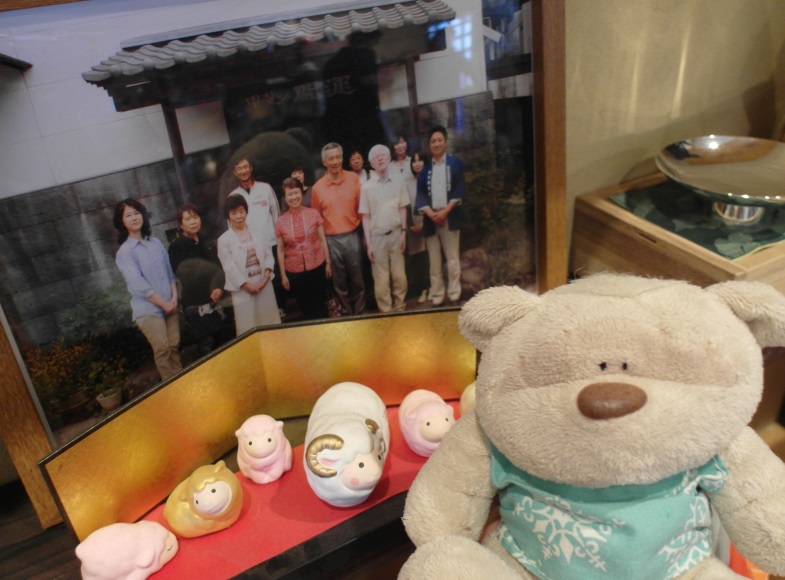
When we recognised the photo, our host immediately knew that we were from Singapore. Turns out that Prime Minister Lee Hsien Loong and family visited Ide Sake Brewery 5 years ago. This meant that we made a great choice heading here right?
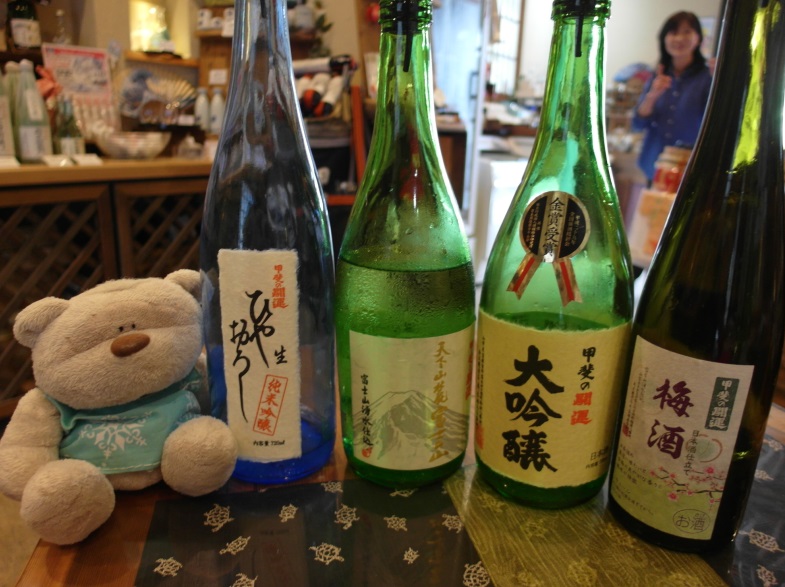
The sake tasting at Ide Sake Brewery costs 300 yen per person. Our favourite was undoubtedly Junmai Daiginjo (純米大吟醸) because it was more fragrant and smooth on the taste, with a fruity afternote. Hence, we bought a bottle of Junmai Daiginjo (純米大吟醸) as well as a plum sake which tasted way better than Choya (Umeshu), which is a plum shochu.
Bus Ride from Mount Fuji Kawaguchiko Station to Takayama Station
Just before we departed, we had a france dog (520 yen) at Kawaguchiko station, which was quite expensive. But we were able to have complimentary water, available at the cafe. Thereafter, we bought a stamp for 70 yen to send back a post card (sightseeing pass that doubled up as a post card). Bus to Takayama (高山) departed right on time at 3:30pm…
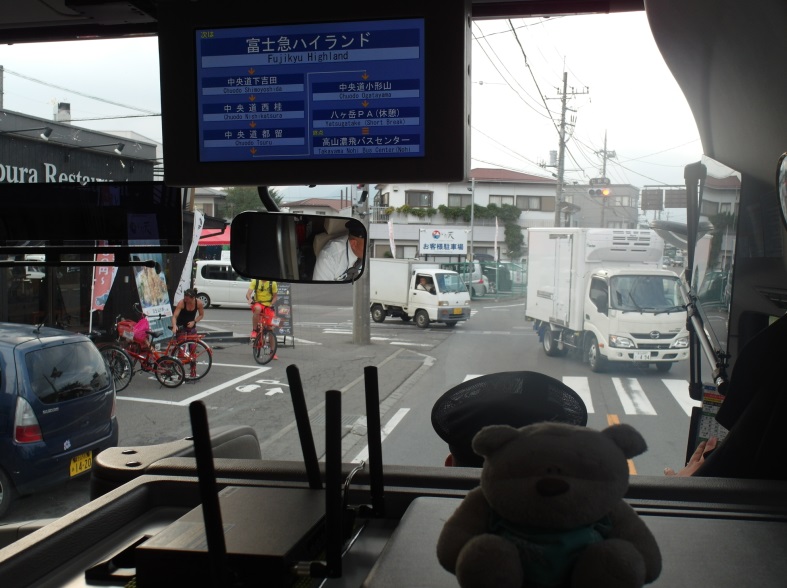
The bus ride from Mount Fuji Kawaguchiko Station to Takayama Station costs 5,000 yen and the bus ride took about 5 hours. On the bus, we sat at seat 1, which was a little cramp. The bus driver (as with all bus drivers we took during this trip), was very courteous. He would take a break every hour and we observed that the toilets WERE ALL SO CLEAN, even at these rest stops – a stark contrast to bus stops at Yong Peng 
Takayama or 高山, as the name suggests is located on highlands. Hence, the ascent up Takayama was similar to that of going up to Genting Highlands. At some junctures, the tunnels were so narrow that 2 large vehicles will not be able to pass. One would have to slow down for the other bus to pass. Kudos to our driver for ensuring our safe arrival at Takayama!
Upon arrival at 8:15pm, after depositing our baggage, we headed out to look for the famous hidagyu or hida beef!
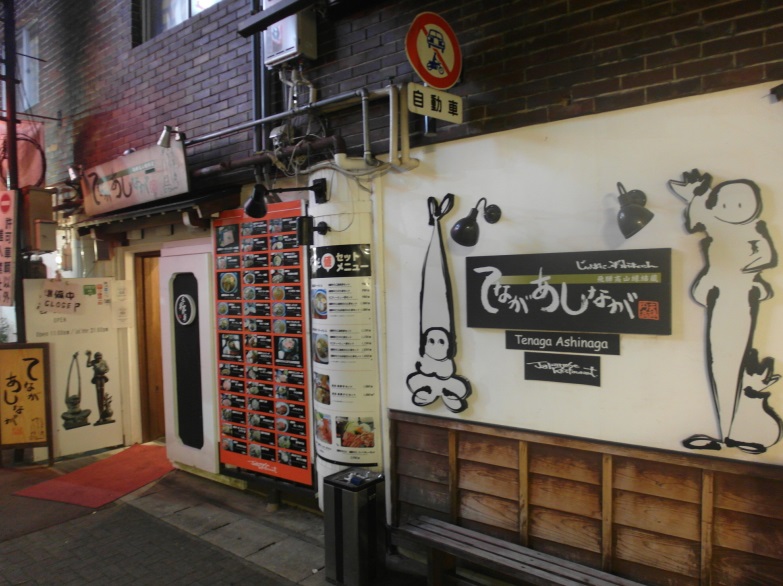
As it was close to 9 already, we had difficulty finding a restaurant to have our dinner. Some shops had only words in Japanese and we were unsure whether we could enter. In this end, we found Tenaga Ashinaga Hida Beef Restaurant for our dinner. The only reason why we visited was because of the English letters used to spell the name of the restaurant and also because of its English menu…
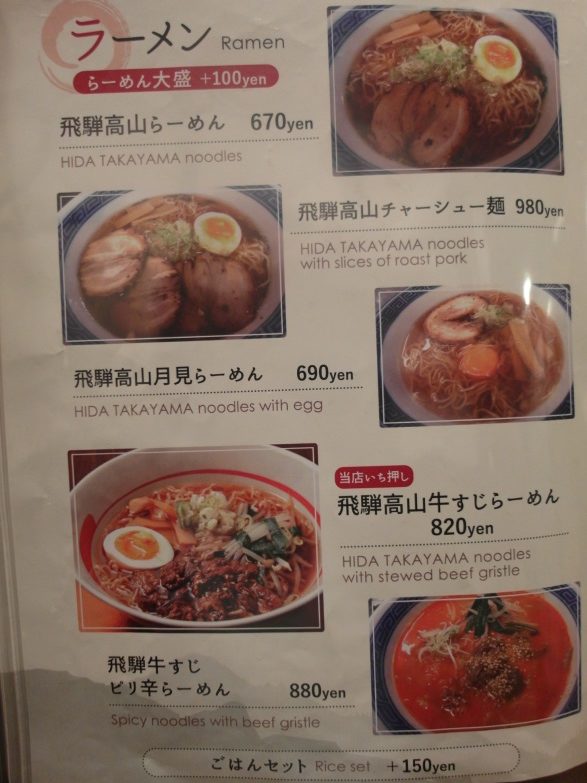
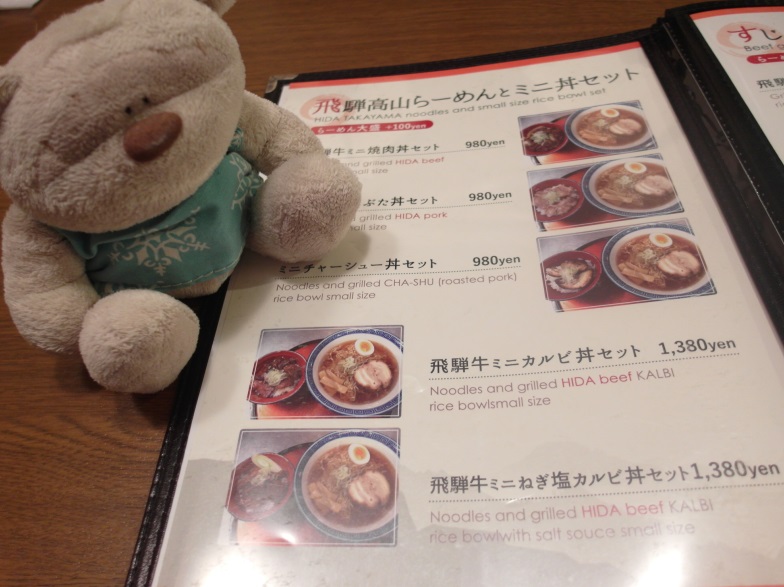
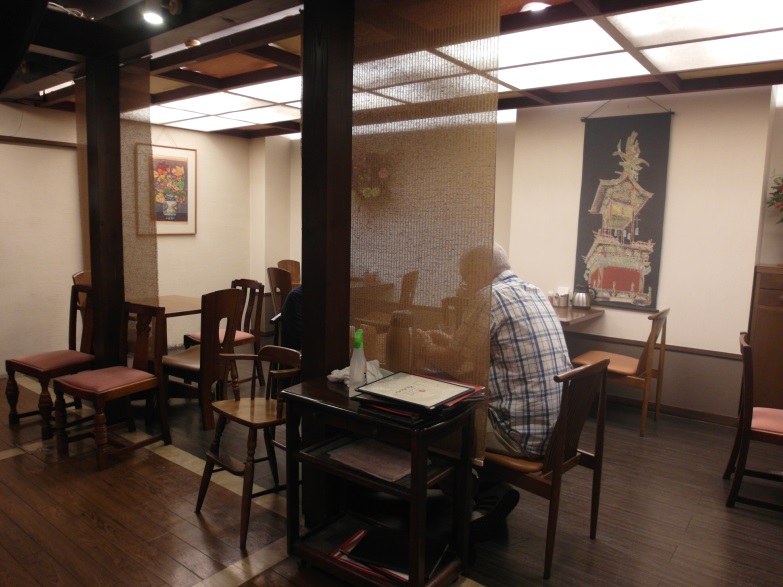
On a serious note, the food at Tenaga Ashinaga was so-so only. Though the beef bowl was good, the price and portion was nothing to shout about. Nonetheless, we were able to cross out Hida beef and Hida ramen immediately upon arrival! Ding dong ding dong!
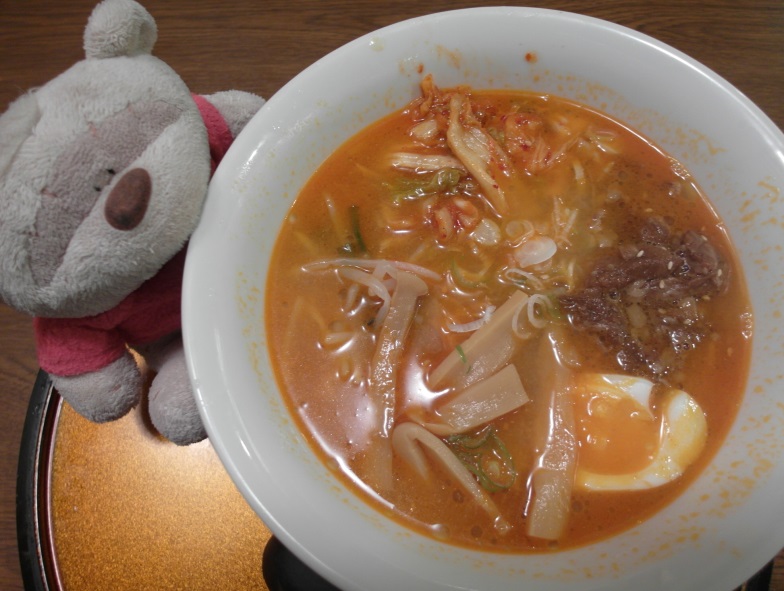
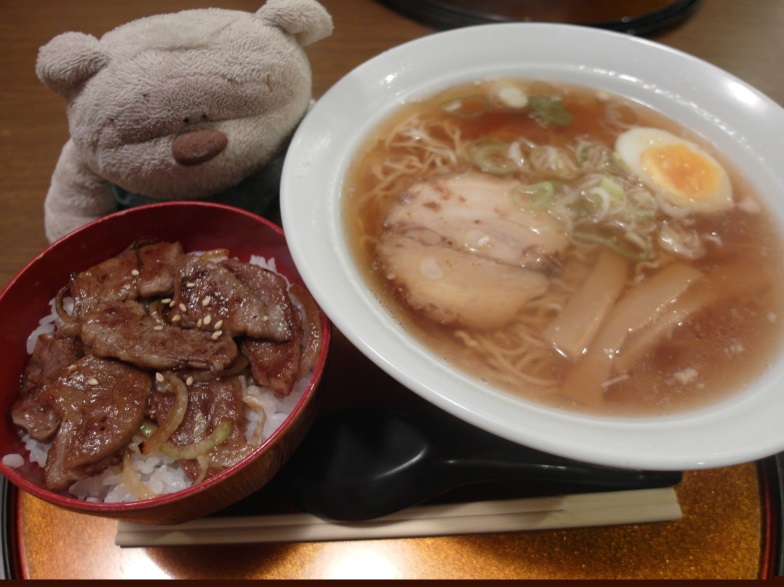
The last order of the day was to do a photo coverage of our room at Country Hotel Takayama. Unfortunately for us, the hotel was full and we had no choice but to settle for a smoking room. Although the location was fantastic (directly opposite Takayama Station and above Family Mart), but the smoking room made this room the worst for us during this trip…
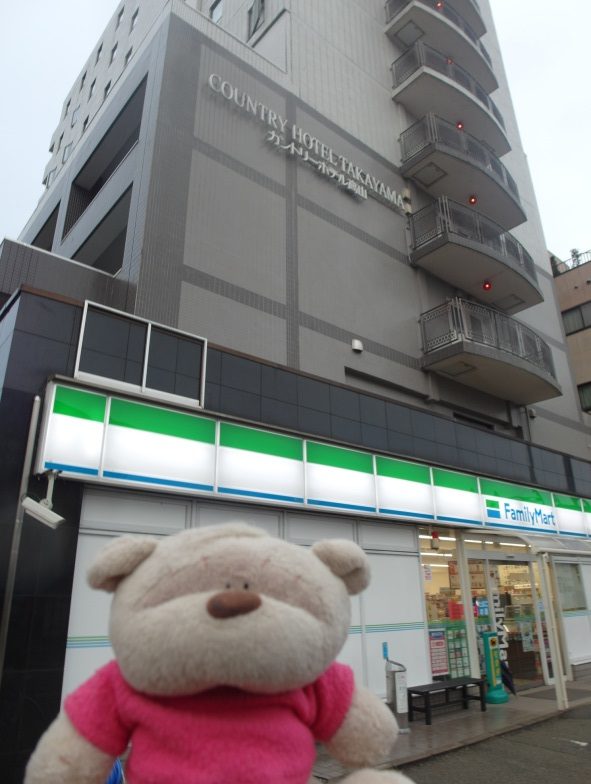
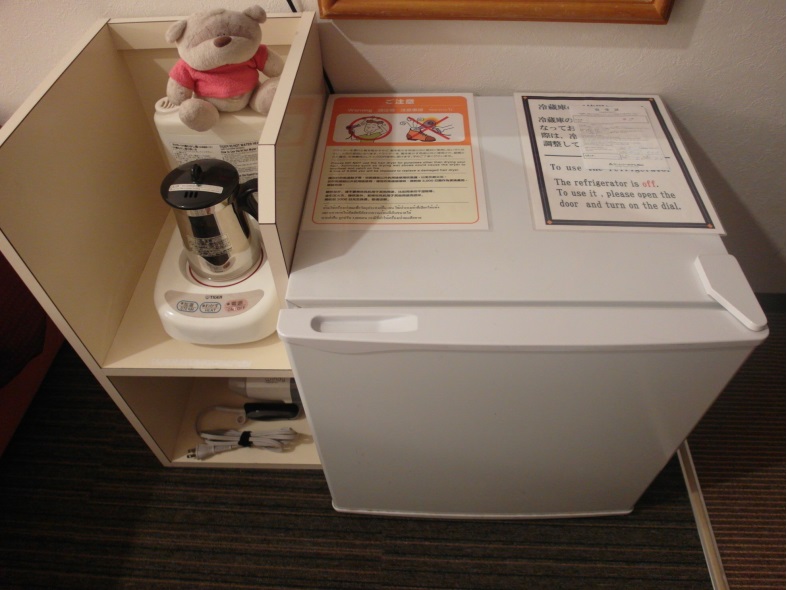
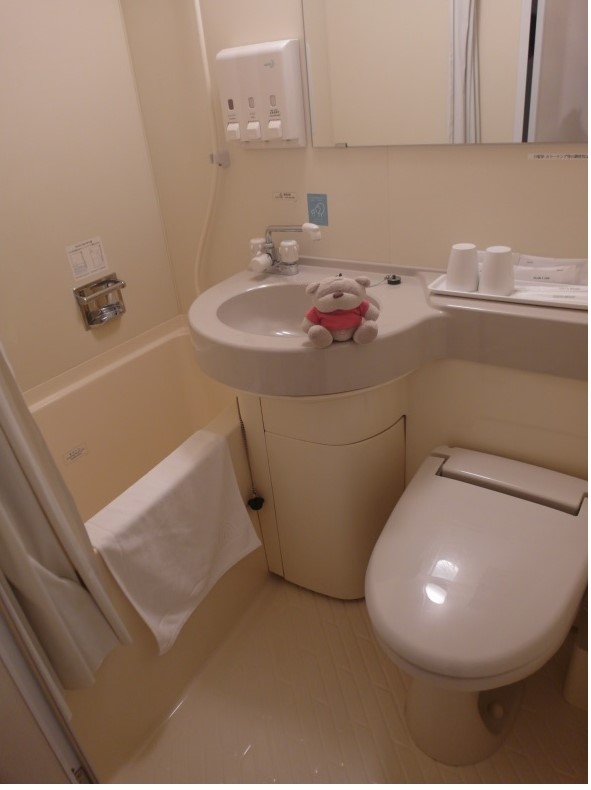
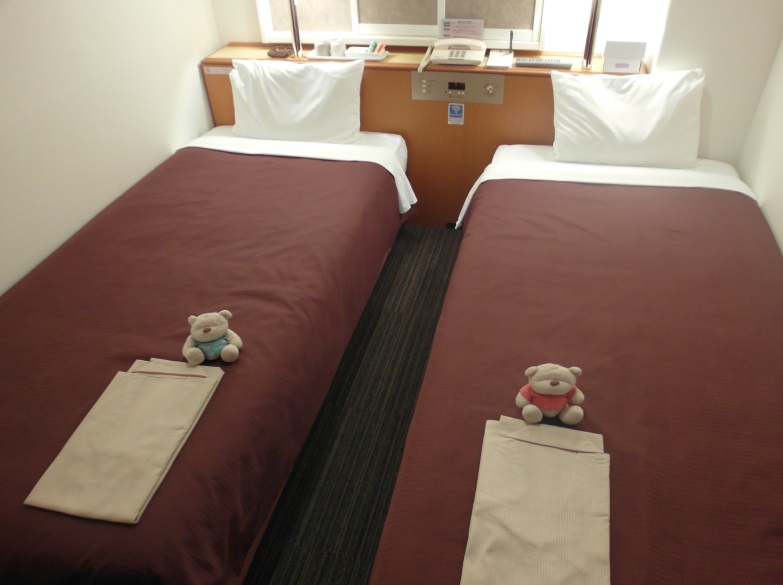
There are 2 major plus points about staying at Country Hotel Takayama. Firstly, its location is unbeatable. No need to “look” for the hotel. The tall building opposite Takayama station is it! Secondly, the location above Family Mart not only made it an easy hotel to identify, it also provided breakfast (and coffee!) for us for the next two days. But if you can help it, choose a non-smoking room! The smell really does linger…
If you enjoyed our content, “Like” us on Facebook Today!
Book with Agoda Here: Popular Hotels in Tokyo
Book with Klook Here: Popular Activities in Tokyo
We hope you have enjoyed our coverage of Lake Saiko Wind Cave, Kawaguchiko Ide Sake Brewery and the bus ride from Mount Fuji to Takayama! Stay tuned as we check out the old towns and yummy foods at Takayama 高山!
Related Post
If you have just completed a post from our 12 days of travels in Japan. Find out more about this trip to Japan in the following posts below.
15 Travel Experiences and Things to do in Tokyo Japan!
Top 9 Things to do in Mount Fuji and Kawaguchiko Area!
Top 5 Things to do in Hida Takayama (高山)!
Top 6 Things to do in Nagoya (and food to eat)!
12 Days of Japan Travels: Tokyo Jimbocho and Imperial Palace Gardens Day 1
12 Days of Japan Travels: Tokyo Metropolitan Government Building Shinjuku Pablo and Shibuya Day 2
12 Days of Japan Travels: Mount Fuji, Lake Kawaguchi, Sanrokuen and Fujizakura Inn Reviews Day 3
12 Days of Japan Travels: Lake Kawaguchiko Natural Living Center & Sightseeing Bus Tour Day 4
Konansou Mount Fuji Hotel Review (湖南庄) : In-Room Onsen and Meals with views of Mount Fuji!
12 Days of Japan Travels: Takayama Morning Markets Jinya-Mae, Miyagawa and Takayama Hidagyu Day 6
12 Days of Japan Travels: Takayama Hidagyu (Hida Beef) and Bus Ride to Nagoya Day 7
Takayama Hidagyu Beef: All You Need To Know!
12 Days of Japan Travels: Eating our way through Nagoya Day 8
12 Days of Japan Travels: Visit Nagoya Castle and Overnight Bus Ride from Nagoya to Tokyo Day 9
12 Days of Japan Travels: Ichiran Ramen & Kamiya Pub Reviews Day 10
12 days of Japan Travels: Tsukiji Fish Market, Ippudo Ramen & Akihabara Tokyo Day 11
12 days of Japan Travels: Ueno Zoo, Ameyoko Shopping Street & Giga Butadon Day 12



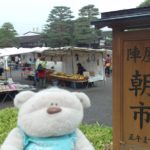
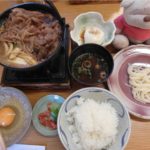
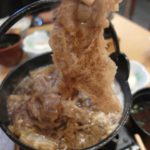
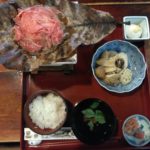
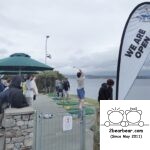
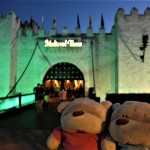
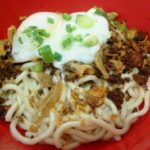


 Buy us a
Buy us a 

 OR
OR
